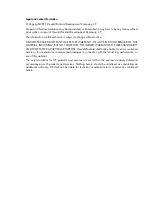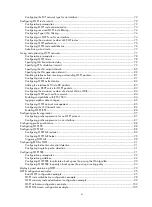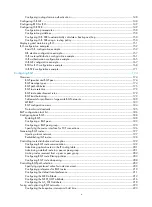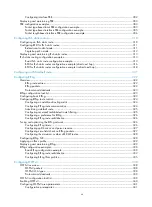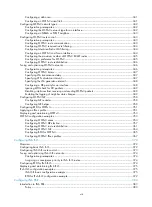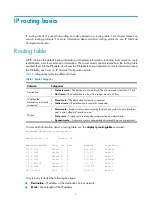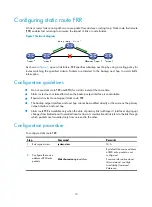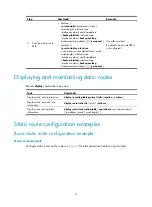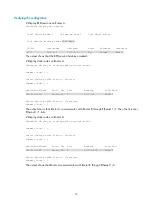
3
Route type
Preference
Multicast static route
1
OSPF 10
IS-IS 15
Unicast static route
60
RIP 100
OSPF ASE
150
OSPF NSSA
150
IBGP 255
EBGP 255
Unknown (route from an untrusted source)
256
Load sharing
A routing protocol might find multiple optimal equal-cost routes to the same destination. You can use
these routes to implement equal-cost multi-path (ECMP) load sharing.
Static routing, IPv6 static routing, RIP, RIPng, OSPF, OSPFv3, BGP, IPv6 BGP, IS-IS, and IPv6 IS-IS support
ECMP load sharing.
Route backup
Route backup can improve network availability. Among multiple routes to the same destination, the route
with the highest priority is the primary route and others are secondary routes.
The router forwards matching packets through the primary route. When the primary route fails, the route
with the highest preference among the secondary routes is selected to forward packets. When the
primary route recovers, the router uses it to forward packets.
Route recursion
To use a BGP, static, or RIP route that has an indirectly connected next hop, a router must perform route
recursion to find the outgoing interface to reach the next hop.
Link-state routing protocols, such as OSPF and IS-IS, do not need route recursion, because they obtain
directly connected next hops through route calculation.
The RIB records and saves route recursion information, including brief information about related routes,
recursive paths, and recursion depth.


